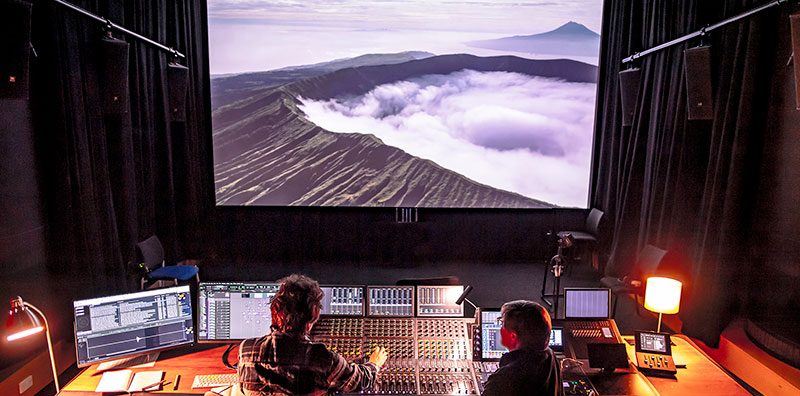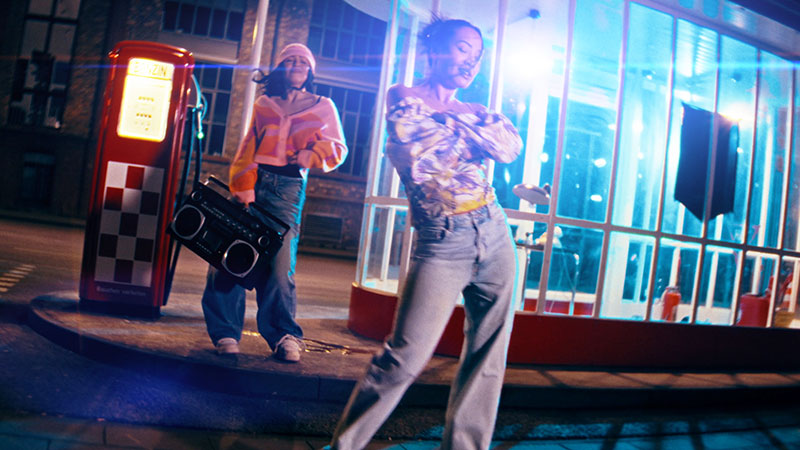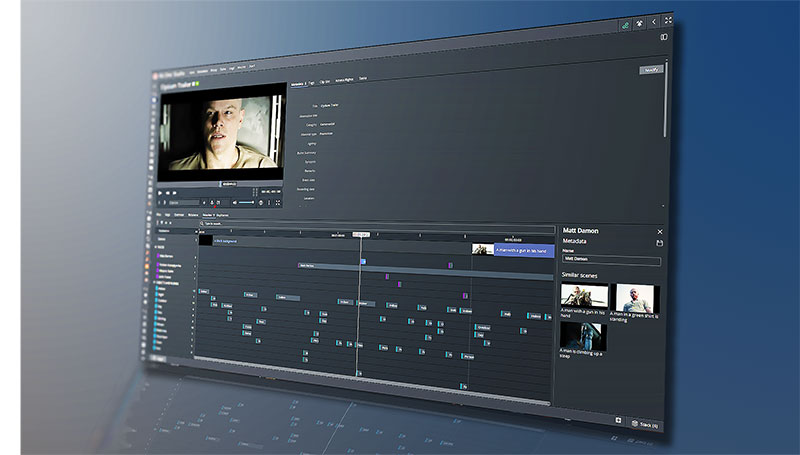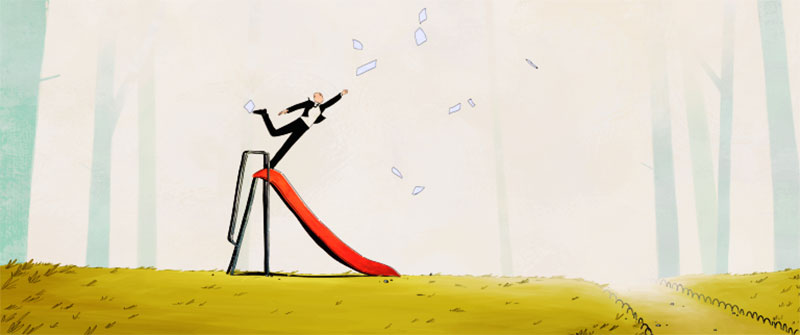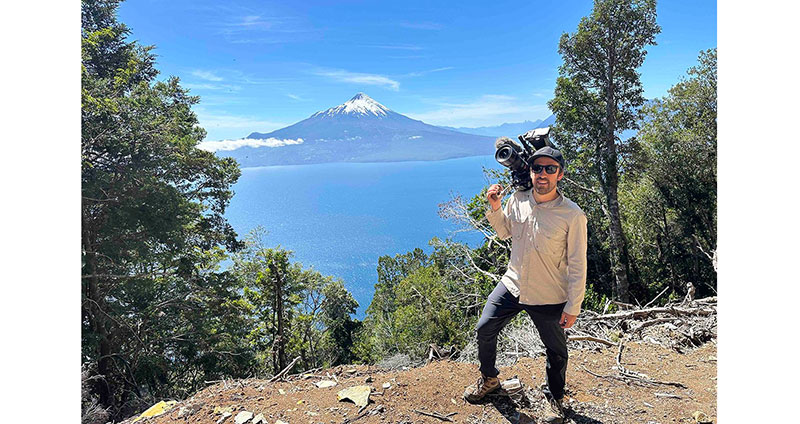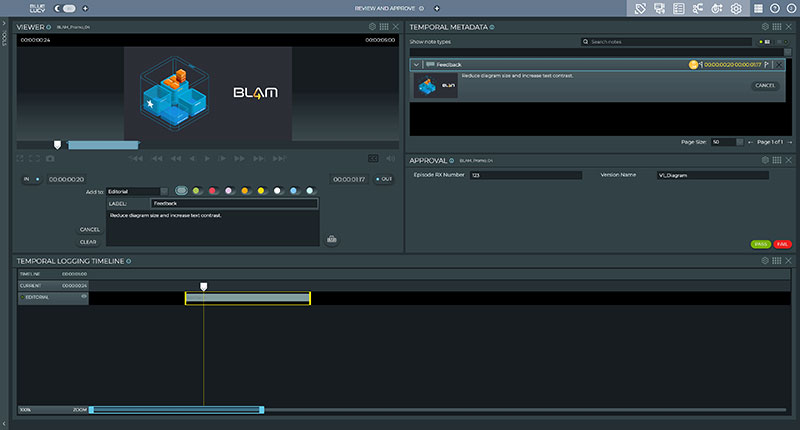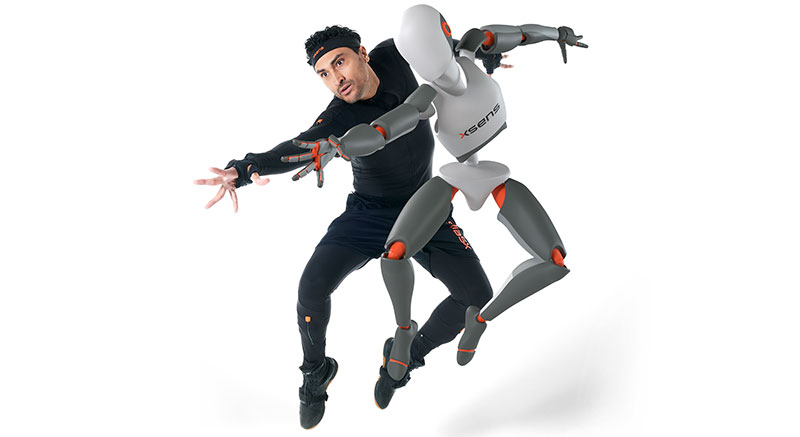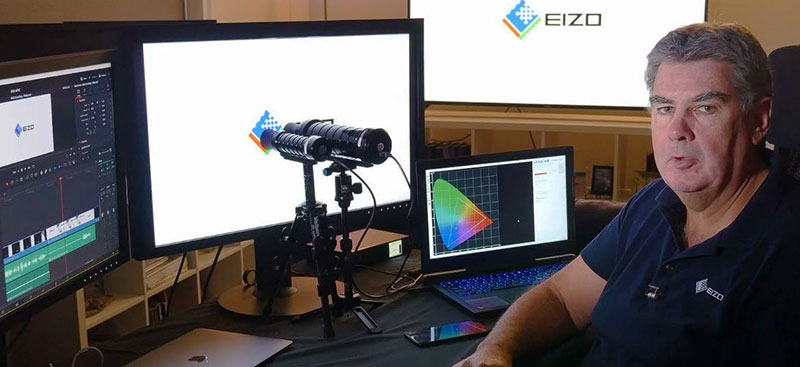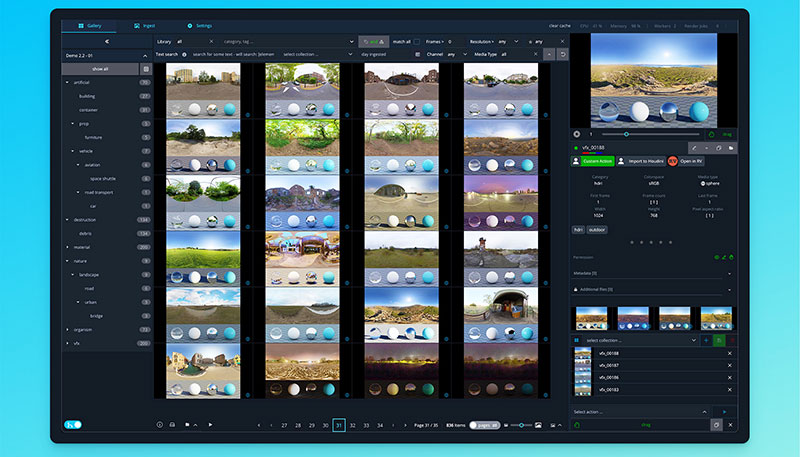DoP Kim Ji-yong and Colourist Park Jin Young talk about working together on season 2 of ‘Squid Game’, shot on ALEXA 35, using light, colour and a grade in Baselight to tell a darker story.

Squid Game is a thriller TV series about a survival game – with an unnerving difference. The players are not athletes, daredevils or celebrities, but painfully ordinary people in deep financial trouble. Even worse, they are not just playing for a rapidly growing cash prize. They are playing to stay alive.
The show is created by South Korean writer-director Hwang Dong-hyuk and, apart from its unsettling story, the show stood out for audiences around the world for its characters, harsh sense of humour and striking visuals. In December, the second Squid Game season was released on Netflix with seven new episodes.
For season two, cinematographer Kim Ji-yong worked with colourist Park Jin Young of Dexter The Eye colour grading studio just outside Seoul, to design a cinematic look for the show on a Baselight grading system.
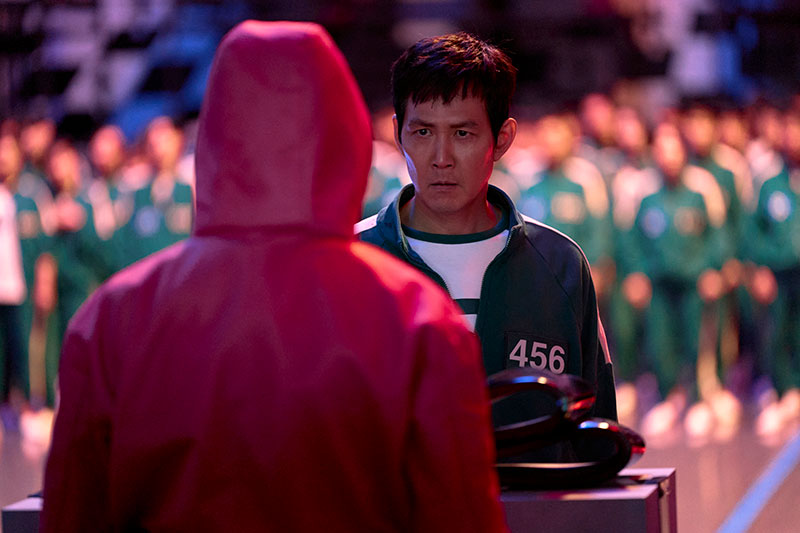
Considering the huge global impact of season one of Squid Game, Park Jin Young did not take his role for season two lightly.
The Role of Colour
“Among the many creative elements involved, it was one of the rare works where we gave deep thought to the role that colour can play,” Park Jin Young said. “Also, because Korean content has been gaining greater exposure in the global market, I felt a great sense of responsibility being part of season two. At the same time, it was an exciting opportunity.
“The challenge was to carry over the key symbolism and colour identity from the first series while creating a deeper and heavier visual tone. That became the most fascinating part of the project for me.”

Kim Ji-yong and Park Jin Young have been creative partners for over 15 years and have worked together on a variety of projects, such as The Age of Shadows (2016), The Fortress (2017) and Decision to Leave (2022).
“We collaborated closely here, using our mutual trust and understanding as a foundation,” said Park Jin Young. “In our initial conversations, we agreed to respect the vivid colours from the first series, while shaping a more moody, high-contrast tone to reflect the main character Gi-hun’s emotional evolution. His inner transformation is central to this season.”
Darker Aesthetic
As the shoot progressed, the colourist and DoP reviewed the footage together in the grading suite and made decisions about the direction of colour grading, based on each scene’s atmosphere and emotional context.
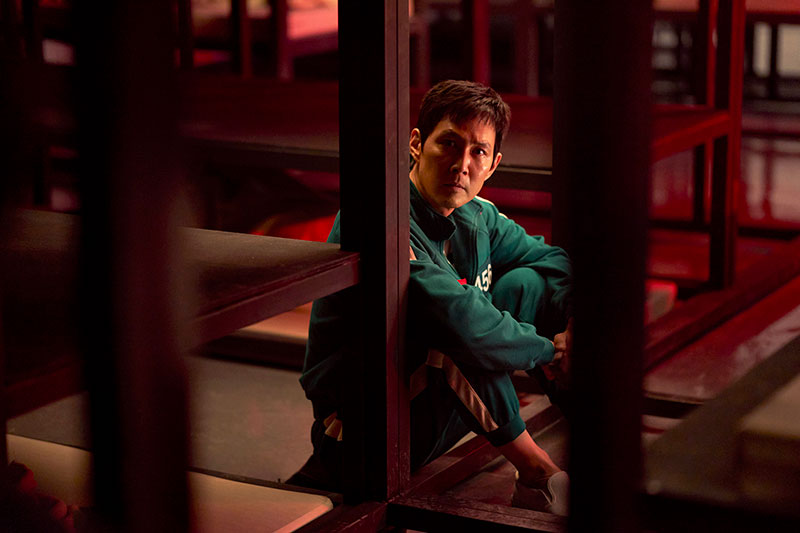
“Since the show is already known for its vivid colours, which many viewers appreciate, I didn't feel the need to create a new look,” said cinematographer Kim Ji-yong. “It was important that Squid Game was still recognisably Squid Game and that we retained the powerful visual identity. Nevertheless, I believed it was important to bring a new element to season two and establish a darker, unpredictable aesthetic with stronger contrast overall.
“During testing, we discussed ways to create a more organic texture on screen as well,” Kim Ji-yong said. “We decided against creating any special on-set look-up tables, opting instead to accurately capture the original colours of the set.”
Park Jin Young noted, “Gi-hun looks the same on the surface, but compared to season one, his facial expressions are more serious and sombre. The sets and spaces are similar, but the narrative is heavier. I thought that this shift should be expressed by enhancing the contrast and controlling brightness.

“To do that, we deepened the overall mood and focused on harmonising the colours of the set, costumes and lighting in a refined way. This helped guide viewers more intimately through Gi-hun’s emotional journey and the narrative progression.”
A generally consistent colour palette was maintained across the episodes but they intentionally shifted the tone and style to reflect specific scenes or characters’ emotions.
“In the dormitory where the characters sleep and vote, we created a clear distinction between night and day using strong amber tones for night and subtle blue tones for daytime,” Park Jin Young described.
Colour Journey
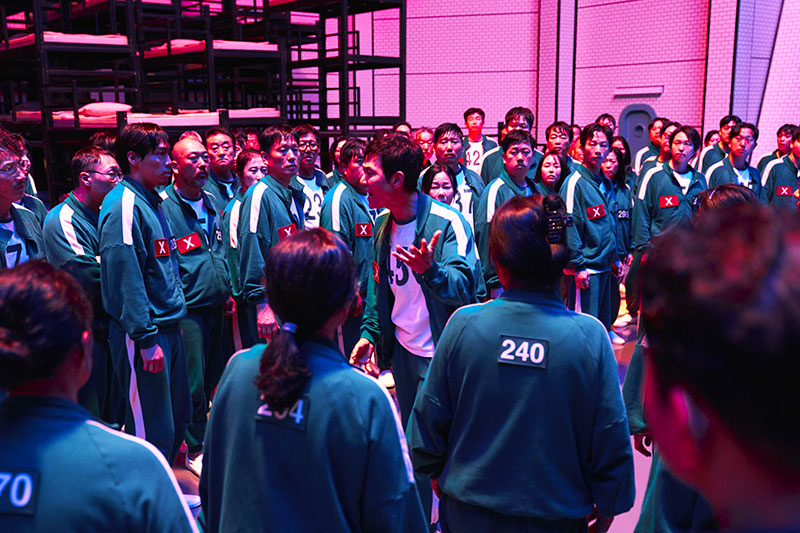
Baselight came into its own for Squid Game as Park Jin Young planned how to support the emotional colour journey of season two.
“Baselight’s effective grading functions and flexible workflow allowed us to precisely adjust the tone of each scene to match its emotional context,” said Park Jin Young. “I frequently used a range of the primary grading tools like Video Grade, Curve Grade and Film Grade to support the grade.”
Video grade includes RGB interpolation for keyframing, and gives colourists the familiar lift, gamma, gain parameters. All three colour channels are balanced both in the blacks and in the whites, just before clipping. Curve grade allows keyframeable spline-based editing of image parameters in RGB and HSL (hue, saturation, lightness).
The Film-style grade is calibrated in printer points, formerly used for colour timing. After colour correction, the image is converted into a display colour space like DCI P3, using a LUT. The colourist then selects from two groups of tools – Exposure, Contrast and Saturation, and Shadows, Midtones and Highlights.
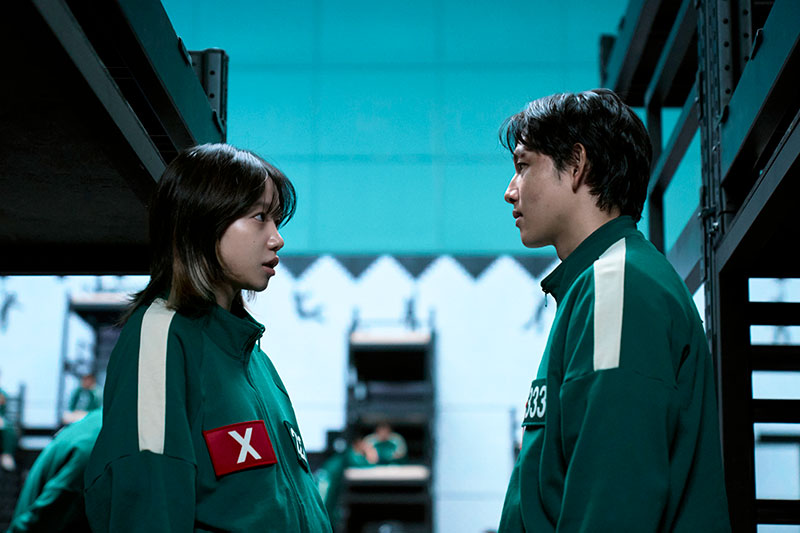
“We also focused on narrowing the gap between bright highlights and deep shadows in HDR to create smoother contrast. To prevent the image from feeling overly digital, we used Baselight to soften the sharpness of the image or add grain where needed.”
Cinematic Acquisition
Squid Game season two was shot with the ARRI ALEXA 35, one of the highest-quality digital cinema cameras available. “The camera gave us the job of bringing out the full potential of the image, while we preserved the unique atmosphere and colour identity of the sets and art direction,” said Park Jin Young. “This balance was a major challenge.”
One aspect Park Jin Young enjoyed most about this project was preserving the unique colours and atmosphere of the set while enhancing the realism and spatial texture of each location. The large scale game arenas demanded precise colour adjustments to convey spatial depth and visual diversity.

He said, “The larger game arenas in season two opened a broader visual playground, and I’m proud of how we brought them to life. Each chapter of the story has its own visual identity, and I feel the diverse colour treatments helped package those segments in a way that was both cohesive and emotionally engaging.”
My personal goal was to express a more elevated cinematic quality, even though the sets, costumes and overall structure remained continuous from season one. I see this kind of work as a basic duty for any colourist. The differences may be subtle – something only I might recognise – but to me, that made the work even more meaningful and rewarding.”
Two Scenes
Kim Ji-yong and Park Jin Young talked through two scenes that helped define the new direction of the story in the second series.

Kim Ji-yong continued his storytelling approach to colour through cinematography in the Russian roulette scene between Gi-hun and the Recruiter. Red neon lighting was used to express the heightened tension and emotion, creating shifts in colour that helped emphasise each character’s emotional state and added to the overall storytelling atmosphere.
“I am most proud of the close-up of the Recruiter during the Russian roulette game,” Kim Ji-yong said. “The red neon light from outside the window reflects in his right eye, making it look bloodshot, which enhanced the intensity of his performance. I believe we successfully showcased Gong Yoo's face in a way that had never been seen before.
“The motel room in the final scene of episode 1 was designed to be quite realistic while subtly incorporating the signature colours of Squid Game in an expressive manner. I carefully set up the lighting with colours that were visually and narratively appropriate, ensuring it didn't overpower the scene.
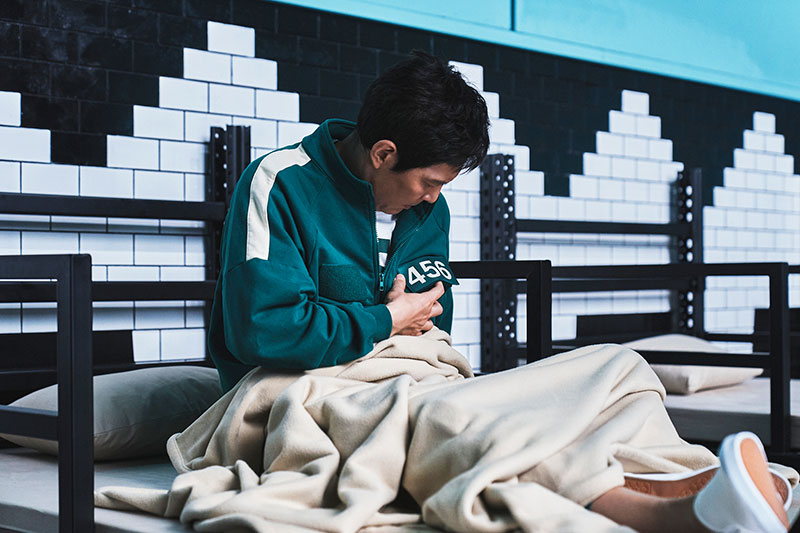
“Since the footage brought us so many possibilities for post-production, it was good having a talented colourist like Park Jin Young to bring that potential to life and create a rich visual experience. For instance, the shadows were dark but not monotonous, while vivid red stood out in the midtones.”
The voting scene among the game survivors features some of the most gripping sequences of season two.
“To enhance their visual impact in the mass dormitory where the voting takes place, I chose to design the lighting differently from the previous season,” said Kim Ji-yong. “The colours of the O and X on the floor were extended to illuminate the entire voting scene so that their overlapping colours could add both symbolism and visual depth.
“To bring this idea to life, I changed the colours of the S60 lights, which we had selected early on, on the ceiling to red and blue, allowing them to blend in the centre while still maintaining the distinct red and blue hues on either side. Park Jin Young could then refine and enhance this concept later on in post in the grading suite.” www.filmlight.ltd.uk




